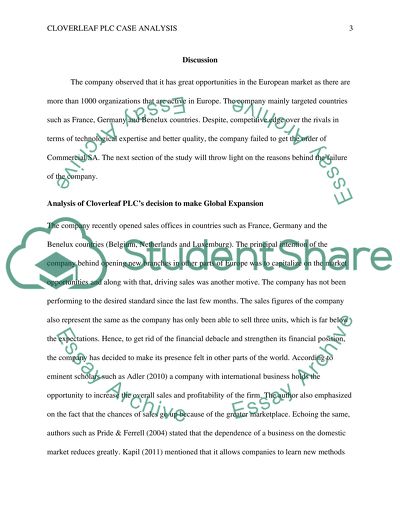Cite this document
(n.d.)
Retrieved de https://studentshare.net/marketing/1486567-written-analysis-of-organizational-purchasing
Retrieved de https://studentshare.net/marketing/1486567-written-analysis-of-organizational-purchasing
()
https://studentshare.net/marketing/1486567-written-analysis-of-organizational-purchasing.
https://studentshare.net/marketing/1486567-written-analysis-of-organizational-purchasing.
n.d. https://studentshare.net/marketing/1486567-written-analysis-of-organizational-purchasing.


